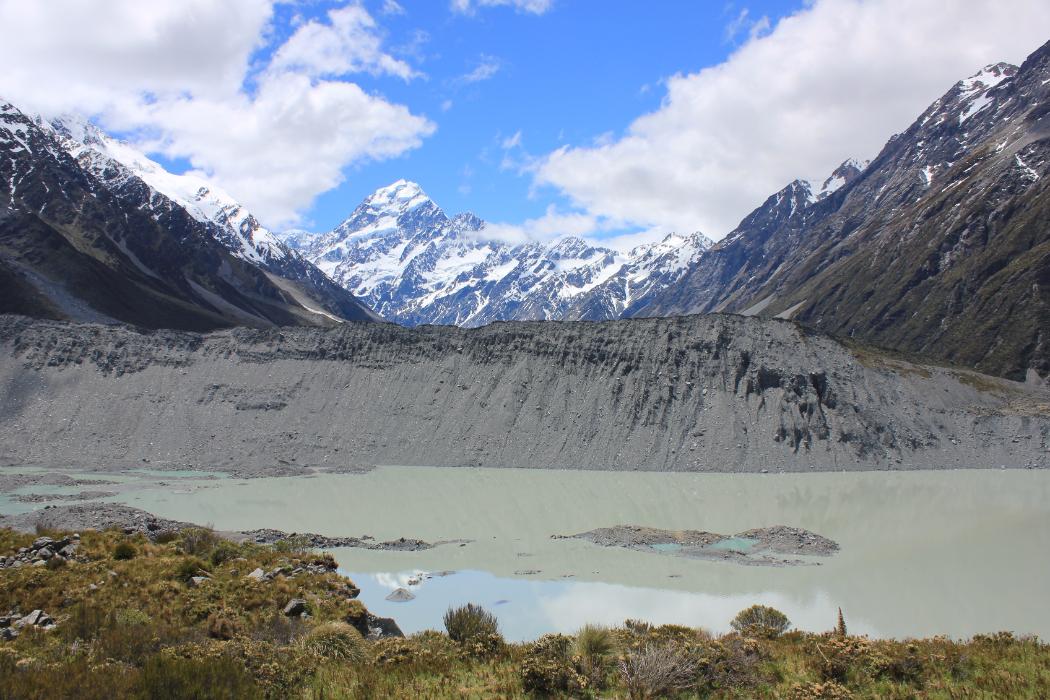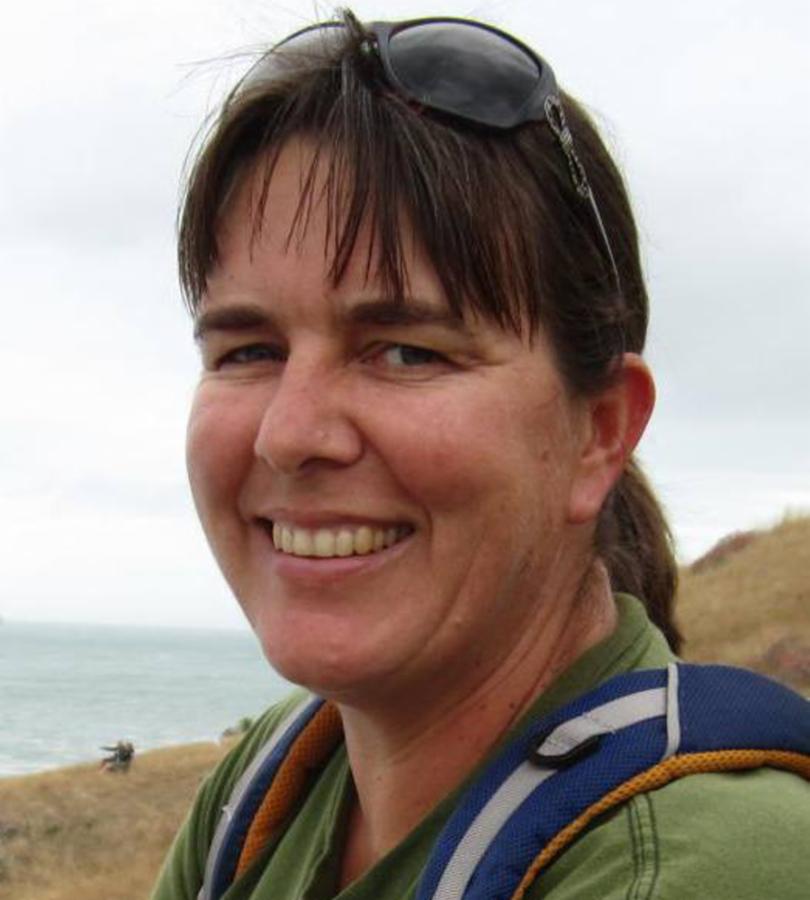Environmental and climate change through time is fundamental to our understanding of how our planet works and of how life evolved. The formation of ocean basins and the creation of mountainous topography by tectonic processes exerts a first order control on global climate as it controls the pattern of ocean currents and atmospheric flow patterns. There are many different archives of past climate and environmental changes that can be explored in order to interpret the present and predict future development. For example, Quaternary glaciations/cold periods and related geomorphological processes have formed and modified most of today’s land surface. Our research includes geochronological, geomorphological and sedimentological investigations of the nature of past ice advances. Stable isotopes can be used as palaeoclimate and paleobiological proxies to reconstruct the earth system response to perturbations in the system, whether human or natural or extraterrestrial.
Some perturbations are made by human activity. We study the environmental impacts of human activities on lakes and and in estuaries. We work on extinction and diversification processes in the ocean and the dispersal and biogeography fauna. Global climate change and environmental responses will affect the lives of all people and we use the study ancient global changes to better inform ourselves as to future changes.
Reconstructing past environments and past geography is also important to utilising our petroleum and coal reserves. The landscape in which the plants and kerogens developed must first be understood before they can be adequately mined. Paleontology, sedimentology, and biogeochemistry are key to the petroeum industry.
Understanding the fundamental process of tectonic activity and how it interfaces with processes at the earth’s surface (biosphere, atmosphere, pedosphere, cryosphere, hydrosphere) is fundamental to understanding the environmental or climate change. Understanding how the various subdisciplines (e.g. Stratigraphy, Sedimentology, Atmospheric Sciences, Tectonics, Geomorphology, Geochronology, Geophysics etc.) are interlinked on geologic timescales is a fascinating and far-reaching aspect of the Earth Sciences.
Areas of research
- Palaeoclimate
- Palaeoenvironment reconstruction
- Stable isotope geochemistry and biogeochemistry, interactions among the different spheres of the earth system, and relationships among tectonic, topographic, and climatic processes and conditions. (Travis Horton)
- New Zealand Cenozoic and recent carbonate sedimentology and diagenesis, relationships of authigenic minerals to oceanography and biogenic activity, and the resource potential of New Zealand glauconite minerals. (Catherine Reid)
- Glacial, process and climate geomorphology
- Tectonic geomorphology
- Sedimentology and basin analysis in tectonically active margins, particularly convergent margins and terrane accretion (Kari Bassett)
- Palaeontology







